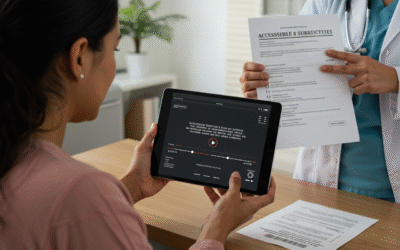Translated from Noticias de Comercio Internacional www.ndci.com.ar (http://issuu.com/ndcinternacional/docs/num12) with NDCI’s authorization.
Cecilia Iros, CEO – SumaLatam
In our article How to create competitive advantages through languages: If I am selling to you, I speak your language. If I am buying, dann müssen Sie Deutsch sprechen!, published on last December’s NDCI, we stated that “in order to reach international markets we need to speak our clients’ languages […] since there’s a strong link between the language and the buying probabilities of a given consumer.” This is true in any written material but has special relevance on a company’s website.
Your website is your first impression and the chance to get or lose a client. We invest money and time on the design and content of our website. Why ruin everything with bad localization for the markets we want to reach?
With a simple but efficient process, we can secure excellent results in as many languages as necessary.
First, agree with your language services provider on the file types you will be handling. Several options will depend on the authoring tools you will be using. Always include visual reference, even if you decide on sending text only Word files. Visual reference can be the live website, screenshots, site maps, etc. Any reference that will let the team know what it will look like on the website will allow the translation to work on the visual context. Otherwise, there may be necessary to make future changes for the translation to fit into the allotted space for buttons, menus, etc. It is essential for the translation company to have access to this material as early as possible in the process since modifications in the original design may be necessary. It is always easier to analyze each language’s special needs at the beginning than making changes afterwards.
The linguistic team will work on the translation in context. First, the translation is completed, and then, the whole content is reviewed for style for it to read as if originally written in the target language.
Next, the new version will be put together. On some tools like WordPress the use of a specific plugin will let you just import the translated content instead of cutting and pasting the content into each version.
Finally, quality assurance. This is a complete revision of the translated website, making sure that everything has been translated, that everything looks good and works as expected.
We only get one chance to make a good first impression and this is usually through our website. SumaLatam, localization and translation company, has the resources, ISO certified processes, and necessary tools to make sure that your website has the same impact in all language versions.





